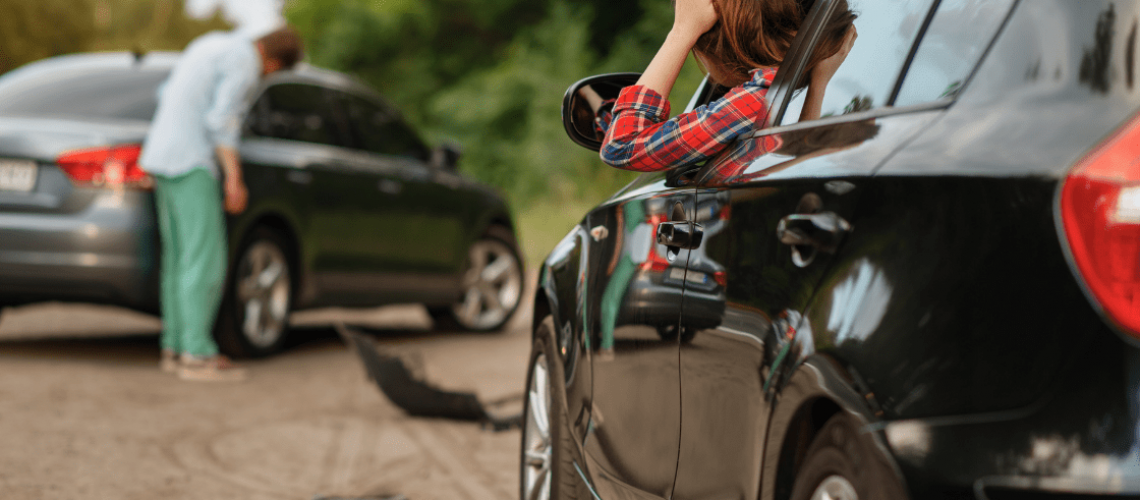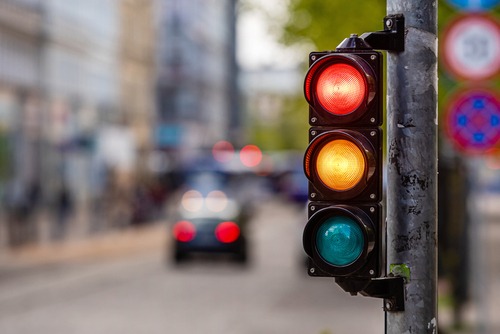Nothing strikes fear in a parent’s heart as much as knowing their teen has earned their driver’s license. There’s this mixture of pride and fear that takes hold. You want your teen to grow up and have responsibilities, but you want your teen not to die or sustain an injury in a car accident.
Teaching your teen what to do after a car accident matters just as much as teaching them how to drive. So before you hand over the keys to the family car, please take a moment to go through the major steps a person should take when they’re involved in a car accident.
Take a Breath
Parents have several responsibilities. Keeping their kids safe while preparing them for life tops the list. So when your teen earns their first driver’s license, it’s time for a heart-to-heart conversation.
Talk to your teen about what to do when an accident occurs. Begin with who they should call. If your teen has experienced or witnessed a car accident, they should begin with 911 and then contact you immediately.
Tell them they will be afraid. Accidents are a big deal, so it’s natural to feel fear. But you have to overcome that fear and act immediately.
So first and foremost, when they’re involved in a car accident, the teen needs to take a deep breath and calm down. This will allow their heart rate to slow down and let them assess the situation with clear eyes.
Check Yourself
Once the driver has taken a breath, they should check themselves for injuries. The aftermath of a crash can look and feel chaotic. The driver can actually cause more harm by not checking themselves first.
Look for injuries that you may not feel. If you’re in shock, you may not immediately feel the pain of a severe injury. Do not attempt to help others until you check on yourself first.
Emphasize to your teenager that car accidents are common. Experts estimate that everyone will be involved in a car accident three to four times in their lifetime. So even when you follow all of the possible tips for driving safely, you’re still at risk of getting involved in an accident.
Check Your Passengers
If you’re carrying passengers, check on them once you’ve assessed your own wellness. You should check on the passengers in the car accident even before you call 911. You’ll best be able to explain your need to the 911 operator if you check on your passengers first.
Move If Necessary
Accidents rarely happen neatly as you see on television or in the movies. The car you’re driving may end up in the middle of an intersection or the lane of oncoming traffic.
So once you’ve checked yourself and your passengers, assess your location. If you need to move to safety, do so.
If you can drive your vehicle and the vehicle is drivable, move it to the side of the road. If the car has sustained too much damage to drive it, then turn on your hazard lights and keep your seatbelt on.

Call For Help
Calling 911 sounds like it’s the first thing you should do when you’re in an accident. However, you should complete the previous steps first. Then once you know you and your passengers are safe, call 911 or whatever number your state has to request emergency roadside assistance.
Take note of the scene of the accident. The dispatcher will want to know where to send help. They will also ask for your contact information, medical information, and if you are safe from car fires or traffic hazards.
Give the dispatcher as much information as you can. Look for the road name, mile markers, signage, and the direction of the traffic. Never hang up on the dispatcher until the dispatcher permits you to do so.
If you cannot determine your location, the dispatcher may ping your phone so that they can find your location.
Wait
This step is the most tedious and difficult, especially if you or your passengers need medical help. But at this point, you must wait for help.
If you’re lucid and able to move, you can use your waiting time wisely by exchanging auto insurance information with the other drivers in the crash. You can begin documenting the scene by taking pictures with your phone. These pictures will help you better remember what happened if your insurance company or authorities have questions for you later.
Document Circumstances
Once you’ve received medical treatment and are back home, write down everything you remember about the accident. Look back at the pictures that you took to help jog your memory. Put the photos and your notes together in a file, so you have everything in one place.
Remember that even a minor car accident is a big deal. It can become a financial transaction depending on the injuries and damage to your car and the vehicles involved.
Contact Insurance
As a final step, call your insurance. Start the insurance claim process by letting them know you’ve had an accident and disclosing all relevant details to them. Your insurance agent will have specific questions, so have your documentation file handy.
Love Your Teen
Amid car accident aftermath, talk with your teen, regularly emphasize how much you care for them. When a teenager is involved in a car accident, they typically have one thought; “my parents are going to kill me.”
Make sure that they know your safety is their first concern when they hear an accident occurred. If they know you care most about their safety, they will not hesitate to call you immediately after the car accident.
Know What To Do After a Car Accident
Knowing what to do after a car accident matters as much as knowing how to operate a car. Teach your teen these basic steps so they understand how to respond and can advocate well for themselves.
Does your teen need some extra driving help? We can help. Our staff provides superior driver education to North San Diego County’s drivers.
Contact Alliance Defensive Driving School today and let us help your teen prepare for the open road.





